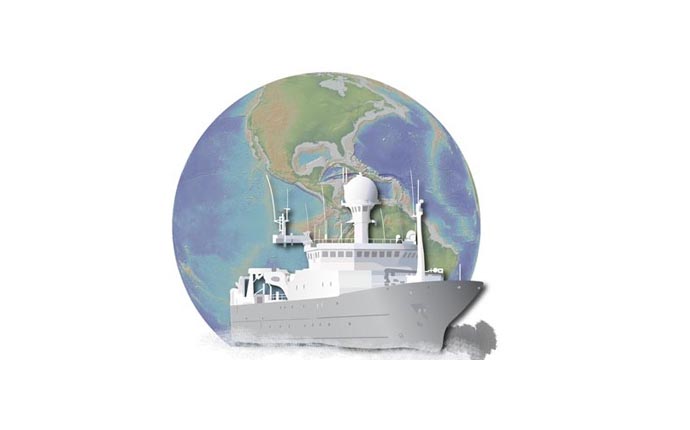
Falkor Underway Data
Environmental sensor data routinely collected using embedded instrument systems on R/V Falkor during research cruises and transits are made available to the general public via Schmidt Ocean Institute’s partnership with Rolling Deck to Repository (R2R). The datatypes curated by R2R can be found here, and are listed below:
- Acoustic Doppler Current Profiler measurements (ocean currents)
- Conductivity, Temperature, Pressure and other sensors of the water column
- Echosounder (depth to seafloor or midwater reflections, shallow sediment profiles, water column images)
- Expendable Probes (XBT, XCTD, XSV, XCP) launched from deck
- Fluorometer (fluorescence)
- Gravimeter (gravity field)
- Magnetometer (magnetic field)
- Meteorological Data (wind speed/direction, temperature, humidity, turbulence, precipitation, radiation)
- Multibeam (unprocessed, swath bathymetry, amplitude, backscatter, water column image)
- Navigation Data (time, position, Global Navigation Satellite System, Vertical Reference Unit, Speed Log,Gyrocompas)
- Partial pressure of dissolved carbon dioxide (pCO2)
- Sea surface sound velocimeter (SSV)
- Thermosalinograph (TSG – flowthrough temperature and salinity)
- Winch (wire tension, speed, payout)
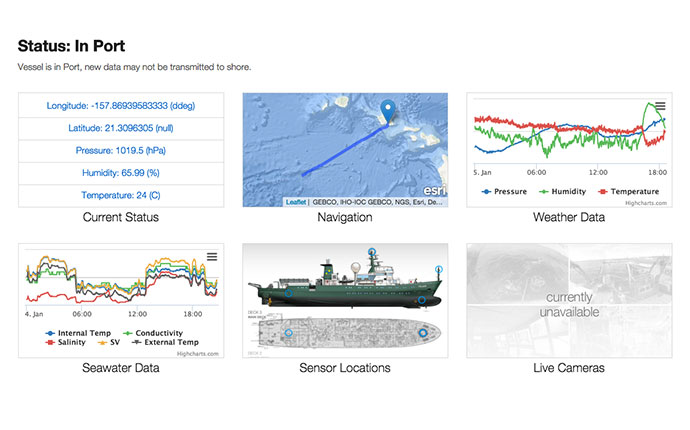
R/V Falkor: Current Status
Connect with data streaming live from R/V Falkor, including:
- Location data
- Weather Data
- Seawater Data
- Live Video Data
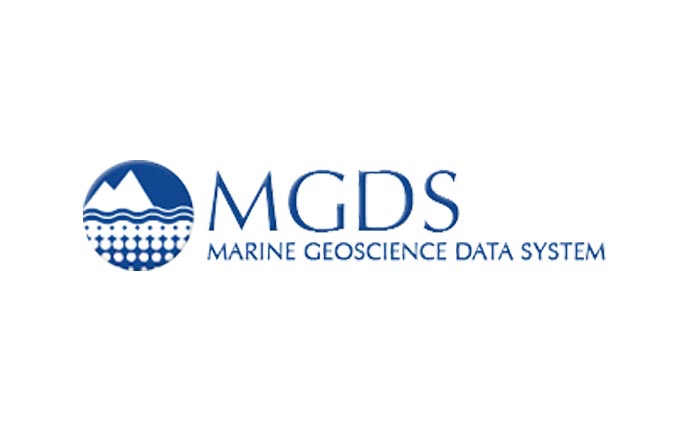
Science Party and Submersible Data
Sensor based marine geoscience data, such as robotic vehicle still images, metadata, and processed multibeam data will be made available via Schmidt Ocean Institute’s partnership with Marine Geoscience Data System (MGDS). The data types curated by MGDS can be found here, and the most common data types are listed below:
- Backscatter – Acoustic & Optical (intensity of sound that is scattered & amount of light scattered by particles)
- Bathymetry (seafloor depth data)
- Fluorescence
- Global MultiResolution Topography (GMRT) – continuouslyupdated compilation of seafloor swath
- Hydroacoustic (waveform data collected by soundchannel moored hydrophones)
- Navigation (position of device or vehicle)
- Seismic (Active Subbottom, Navigation, Passive, Reflection, Velocity, WideAngle)
- Sidescan (backscatter intensity data)
- Turbidity (cloudiness of a fluid associated with suspended particles)
- Turbulence (chaotic, stochastic property changes of fluid flow)
- Velocity (Doppler, Particle, Sound)
- Video (video taken from vehicles)
- Visualization (Fledermaus, GoogleEarth)
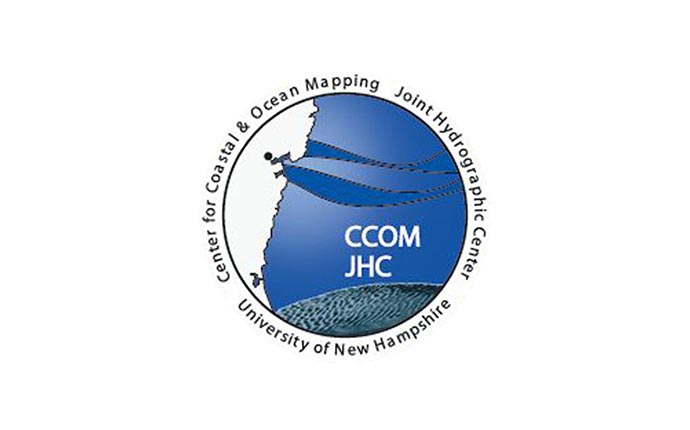
Multibeam Data
Schmidt Ocean Institute collaborates with the Center for Coastal and Ocean Mapping (CCOM) at the University of New Hampshire on the quality assurance of the multibeam mapping system operation onboard R/V Falkor and the collected data. Our collaborators at CCOM conduct annual testing and calibration of R/V Falkor’s multibeam echosounders to ensure the high quality of the collected mulitbeam data. As may be necessary, Schmidt Ocean Institute can coordinate with CCOM to organize postprocessing of the raw collected multibeam data, e.g. if it is not possible for the science party to process the data onboard Falkor during the cruise.Following any postprocessing by CCOM, the processed multibeam data is sent to MGDS for curation and archiving.
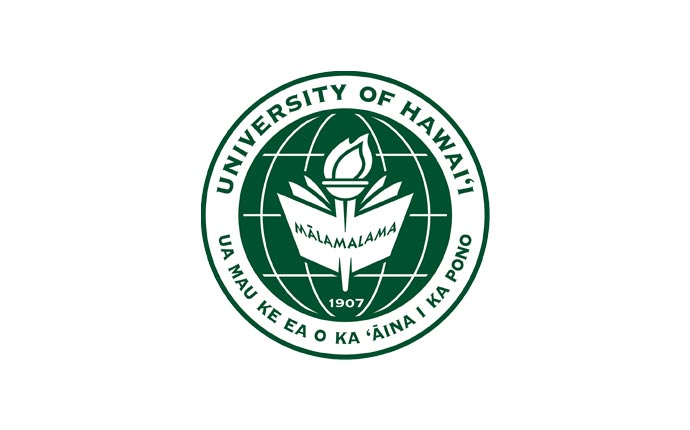
Acoustic Doppler Current Profiler Data
Schmidt Ocean Institute has a partnership with University of Hawaii Data Acquisition System (UHDAS) to provide quality assurance for the data collected from R/V Falkor’s Acoustic Doppler Current Profiler. Current velocity data is continuously collected on board Falkor and a daily email is sent to UHDAS containing status updates for the system, detailing data acquisition and allowing for archiving, processing and plotting of the data. The most recent data is plotted on the UHDAS website. The ADCP data is then archived on the R2R website.
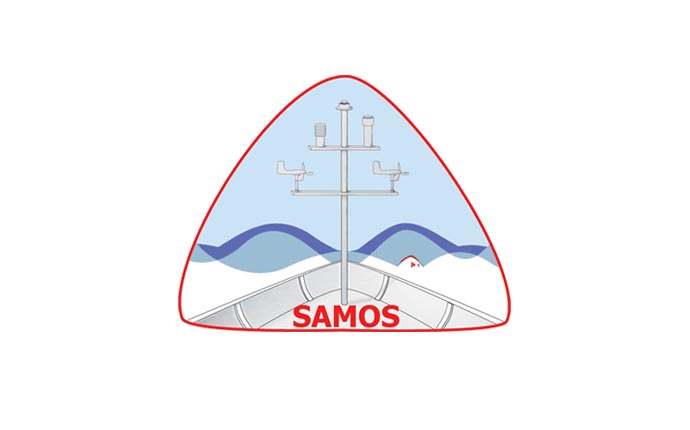
Shipboard Meteorological Data
Schmidt Ocean Institute has a partnership with Florida State University’s Shipboard Automated Meteorological and Oceanographic System (SAMOS) to provide quality assurance for the data collected with R/V Falkor’s meteorological instrumentation. All shipboard meteorological data is collected and sent to SAMOS in near real-time for quality assurance and archived in R2R post-cruise. SAMOS archives Falkor real-time meteorological and thermosalinograph data at the National Centers for Environmental Information. The data can be accessed from NCEI via the granule search on their web portal and through each individual cruise page on R2R.
SAMOS data is available for download in netCDF format. If you know python programming language, we recommend this well-supported python package for developing programs to read netCDF files.
The SAMOS CY2015 Data Quality Report featuring an assessment of the quality of Falkor’s (p. 127) meteorological data in 2015 is now available.
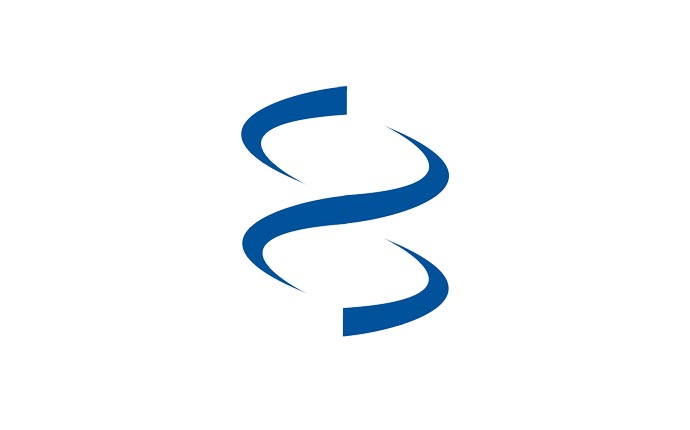
DNA Sequence Information
GenBank is an annotated collection of all publically available DNA sequences. The database is designed to provide and encourage access within the scientific community to the most up to date and comprehensive DNA sequence information. Following sailing on Falkor and subsequent postprocessing, scientists can submit their DNA sequencing information to GenBank. Once the data is available on GenBank, Rolling Deck to Repository (R2R) will link to the data on the cruise’s webpage, making it available to a broader audience.
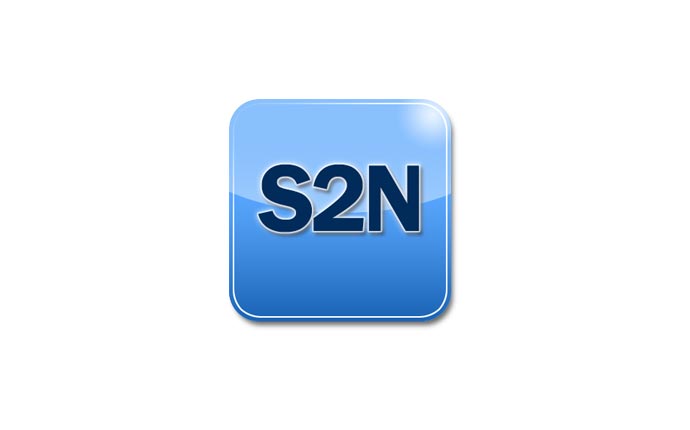
Ocean and Coastal Data
The National Oceanic and Atmospheric and Administration’s National Centers for Environmental Information has created a new Send2NCEI (S2N) archiving tool that allows the submission of data files and related documentation for long term preservation, stewardship, and access. Types of data accepted are:
- Physical Oceanographic Data – temperature, salinity, ocean currents, winds and wave spectra, pressure, light transmission, fluorescence, sea level take from a variety of samplers, sensors, and platforms.
- Chemical Oceanographic Data – dissolved gases, pH, alkalinity, nutrients, dissolved organic and inorganic matter, particulate organic and inorganic matter, trace metals, and marine pollutants.
- Biological Oceanographic Data – primary organic production, plant pigment concentrations and distributions, metabolic products in sea water (ATP, urea, geographic, temporal, and vertical distribution, abundance; biomass of marine organisms, population, community and ecosystem surveys and monitoring programs.
- Anyone can submit data to S2N, as such, Schmidt Ocean Institute is willing to work with the scientists to get their data submitted here. Following submission, this data will be linked on the cruise’s webpage on R2R, making it available to a broader audience.
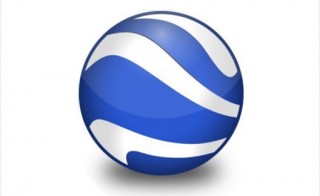
Google Earth
Features special to Schmidt Ocean Institute have been added to the “Explore the Ocean” layer in Google Earth. These features include links to all of the cruise webpages, as well as geographic features such as Falkor Seamount and Engineer’s Ridge. To find these features, access Google Earth on your computer, in the lower left corner, got Layers >> Oceans >> Explore the Ocean to make sure the layer is “on”. You can then search the ocean for our Expedition sites! Happy Exploring!
